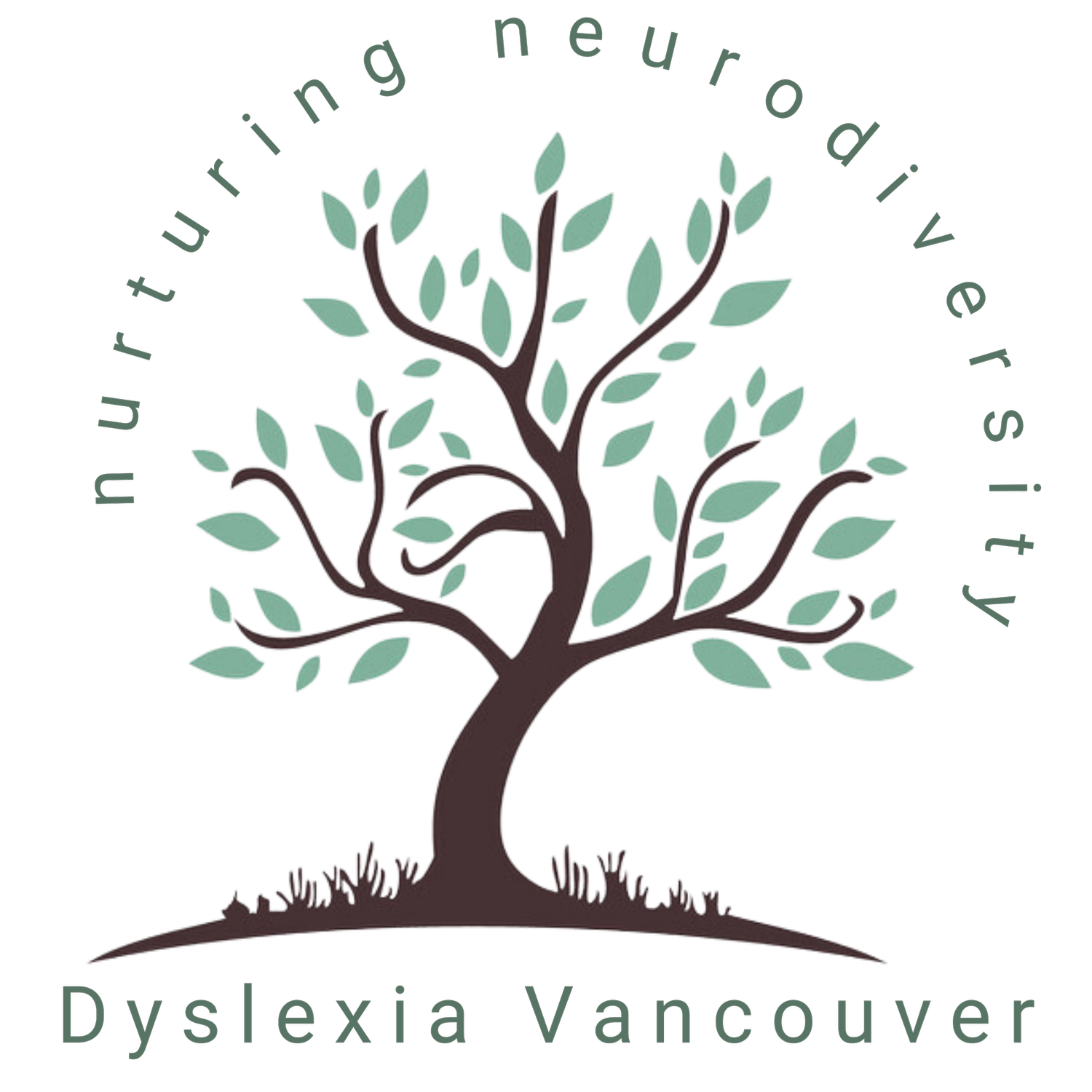Understanding Dyslexia, ADHD and Neurodiversity
The definition of dyslexia is simple: dys = difficulty + lexia = letters and words.
Simply put, dyslexia is the difficulty with letters and words - they cause confusion so attention and perception shift. And that is the challenge because focus is lost.
ADHD is Attention Deficit Hyperactive Disorder (or ADD without hyperactivity):
The inability to maintain attention or focus on what is being presented. This can be a result of external stimulation such as sounds or environment, or boredom due to subject and presentation.
Although these definitions are simple, the reality of dyslexia, ADHD, and the many other related learning differences (more than 70 different labels) is a little more complex.
Different vs Disabled:
Dyslexia, ADHD and associated learning challenges are a different thinking, learning, and processing style. They are neurodiverse ways of thinking, learning and processing. It is NOT a deficiency of brain function, or eyes and ears.
This creative and unique thinking style is a true gift. You can think multi-dimensionally and come up with creative solutions to problems with non-linear picture thinking abilities.
The talents and accompanying challenges vary enormously, although many share common positive traits - vivid imagination, intuitive and insightful, problem solvers, very curious, strong creative talents, very bright, a high degree of awareness of surrounding environment.
Unfortunately mainstream tends to recognize and apply labels to the deficits, not looking at the positive traits that arise.
Dyslexia explained Youtube video.
Gifts and Challenges have the same Root Cause:
Primarily, the preferred thinking style of the neurodiverse individual is 3-dimensional pictures, where images and objects can be perceived from many different perspectives.
While this perceptual talent works very well understanding and processing the multi-dimensional world we live in, it also leads to confusion in the 2-dimensional, linear sequential world of symbols and print.
Letters, numbers, punctuation must all be seen from one perspective for accurate recognition. Confusion occurs so the picture thinker uses their natural gift, the preferred 3D way of thinking to resolve the confusion - this is known as ‘disorientation’ and in the 2D world of print, it just compounds the struggle.
Disorientation Explained:
Disorientation is useful for the purposes of identification, creation of mental images, and the resolution of confusion about real life objects.
It remains a teapot from any angle or perspective.
Disorientation is not useful when one is confronted with 2D linear words and letters.
Mentally rearranging the letters of teapot will create more confusion and cause errors will requiring more effort..
Reading and Comprehension:
It is commonly recognized there are 2 main thought processes - Verbal and Non-verbal. Although many people can think in both, dyslexics will use their multidimensional images to understand what they are reading. As they read they form pictures for the meanings of words.
The problems arise because many common words in our language do not have picture meanings: such, as, the was, for, of this, where, when, were, and, so, on. Ironically these words are known as sight words and they consist of about 50% of the words in an average paragraph.
Verbal thinking vs. Picture thinking:
The result is interruption of the picture thinking process with a blank, understanding is lost and confusion takes over. Once these confusions accumulate the neurodivergent reader becomes disoriented and mistakes occur.
They are no longer focused or mentally present and do not understand what has been read. This feeling is unpleasant at best often causing headaches, stomachaches, and avoidence of reading.
Many educators have not been trained in understanding these neurodiverse learning styles, even with their very best intentions, rather than teaching to the strengths, the focus will be on doing more of what is not working.
Even with enormous amounts of effort the gains are minimal and painful resulting in anxiety, shame, and loss of confidence - now attention and reading become and emotional issue, and often behavioural. problems through frustration.
The traditional methods of teaching through sound will rarely work for the visual learner - if phonics has not worked by grade 3 it is unlikely to successful. Learning to read and how to pay attention is established from grades K-3, and then controlling one’s attention and reading is required to learn for the rest of your life.
The Davis® Methods teach to the strengths of the neurodiverse learner.
Following a program they have the tools and understanding of their gifts and how to apply it to their own learning.



